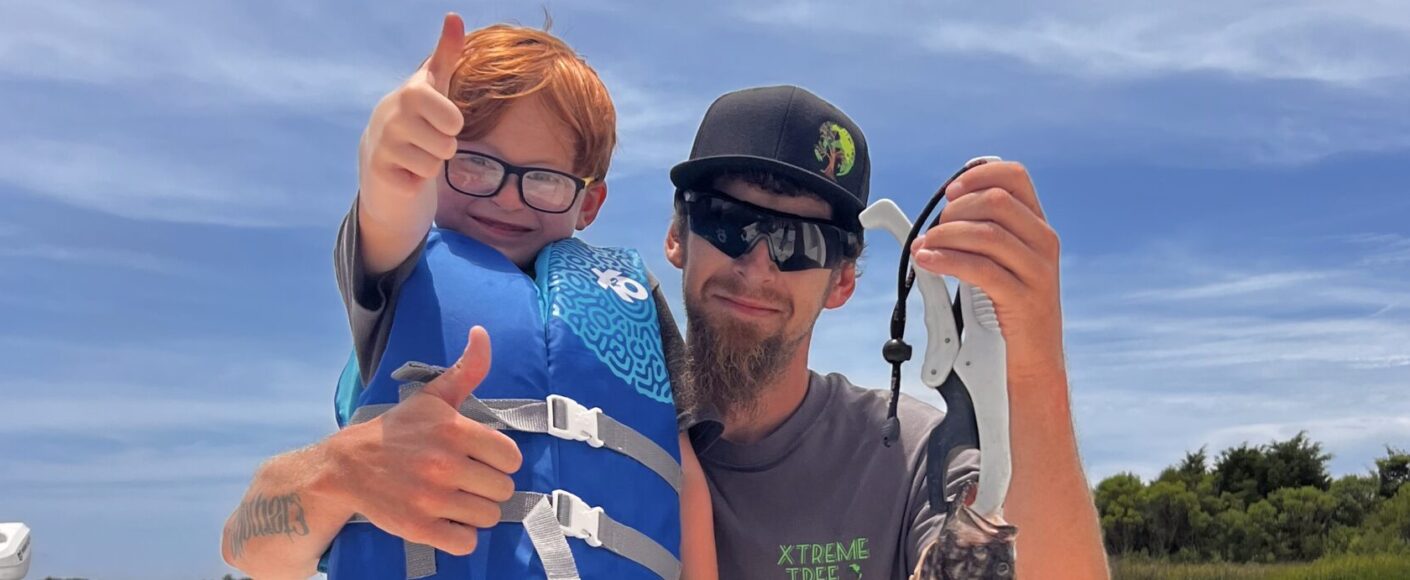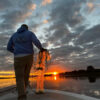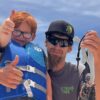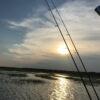Inshore Saltwater Fishing: How Weather Can Make or Break Your Trip

Inshore saltwater fishing is more than just picking the right lure or timing the tide—it’s also about reading the sky, the wind, and the water. Whether you’re targeting redfish in shallow flats, speckled trout in coastal bays, or snook along mangrove edges, understanding how weather affects fish behavior can turn an ordinary outing into a memorable catch.
1. Why Weather Matters in Inshore Fishing
Inshore environments are more sensitive to weather changes than deeper offshore waters. Factors like wind, temperature, barometric pressure, and cloud cover can influence everything from water clarity to fish activity and feeding behavior.
2. Key Weather Factors That Affect Inshore Fishing
Wind
Wind influences both the fish and your ability to fish effectively. A light breeze can stir up baitfish and improve conditions, while strong winds may muddy the water, limit visibility, and make casting or boat handling difficult.
East wind: Often brings stable, humid conditions—usually favorable for longer feeding periods.
West wind: Can signal a changing front, often slowing down the bite.
Ideal wind speed: Between 5–15 knots. Conditions above 20 knots typically make inshore fishing challenging or unsafe.
Temperature
Water temperature directly affects fish metabolism and feeding behavior.
Spring and Fall: Peak seasons—fish feed heavily to prepare for seasonal changes.
Summer: Fish tend to be most active early or late in the day, avoiding mid-day heat.
Winter: Seek out sunny, shallow areas in the afternoon when the water warms.
Barometric Pressure and Weather Fronts
Fish are highly sensitive to changes in pressure. They often feed aggressively before a front moves in and become sluggish after it passes—especially following a cold front.
Falling pressure: Typically signals an active bite—fish now and fish hard.
Rising pressure: After a front, expect a slower bite for 24–48 hours.
Cloud Cover and Sunlight
Overcast skies reduce shadows, making fish feel safer to roam and feed. Bright, sunny days may push them into deeper or shaded areas where they feel less exposed.
3. Best Times to Fish Based on Weather
Before a storm: Fish often feed actively ahead of incoming weather.
After a calm sunrise: Cooler early morning temperatures can trigger bites.
During overcast, stable conditions: Ideal for consistent, all-day fishing.
Avoid fishing immediately after a cold front or during rapid temperature swings.
4. Safety First: Always Watch the Forecast
Inshore fishing offers quick access to land, but it still carries risks. Sudden thunderstorms—especially in summer—can be dangerous. Always check the marine forecast, monitor radar apps, and have a backup plan in case conditions turn quickly.
5. Pro Tip: Use Weather to Your Advantage
Keep a log of your trips, noting wind direction, temperature, tides, and fish activity. Over time, patterns will emerge—such as specific areas becoming productive under certain weather conditions. This kind of insight can take your fishing game to the next level.
Final Cast
Inshore saltwater fishing is as much about reading the weather as reading the water. Before your next trip, take a few extra minutes to study the forecast and conditions. When nature works with you—not against you—you’ll find yourself landing more fish and enjoying the day even more.
Tight lines—and may good weather always be on your side.



